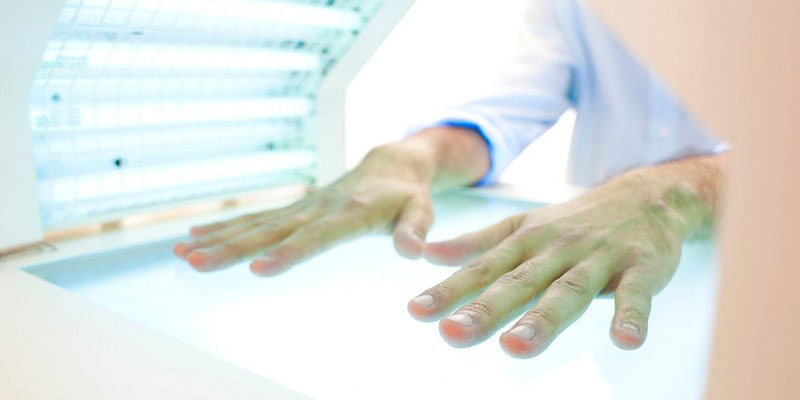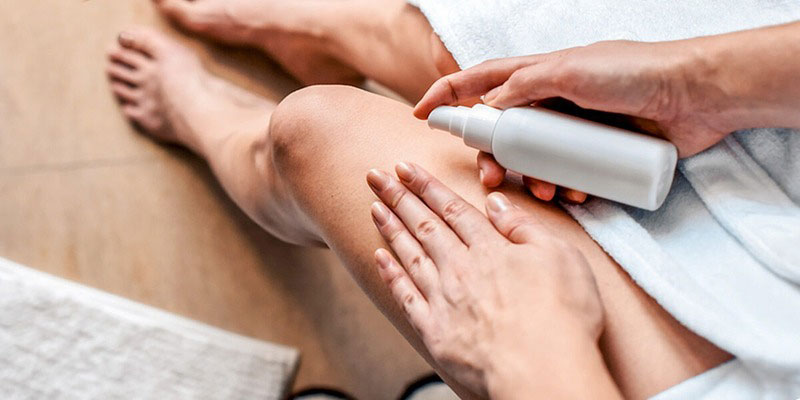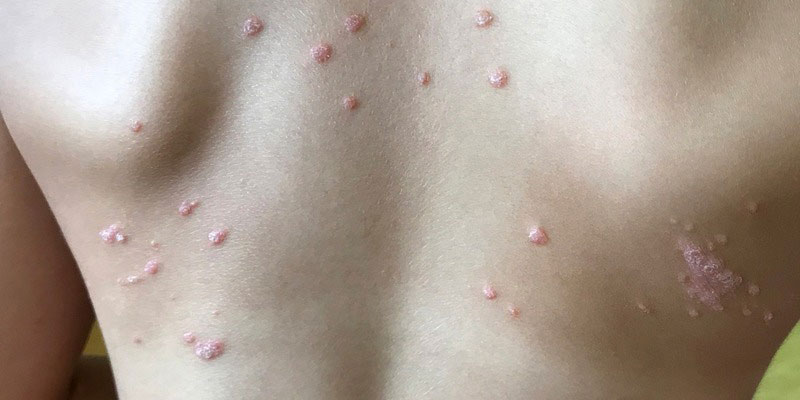The first treatment ever developed for psoriasis was phototherapy. Sunlight has been used as a treatment for the condition for as long as humans have had it.
When treating psoriasis, an autoimmune illness that manifests itself in the form of red, itchy sores on the skin, light therapy remains one of the most successful therapies even in the modern day, with all the high-tech medicines at our disposal.
Steven Feldman, MD, Ph.D., a professor of dermatology at the Wake Forest University School of Medicine in Winston-Salem, N.C., explains, "When UV radiation reaches skin, it causes all kinds of things." Psoriasis is exacerbated by immune cells in the skin, which may be killed by exposure to ultraviolet light.
Varieties of Phototherapy
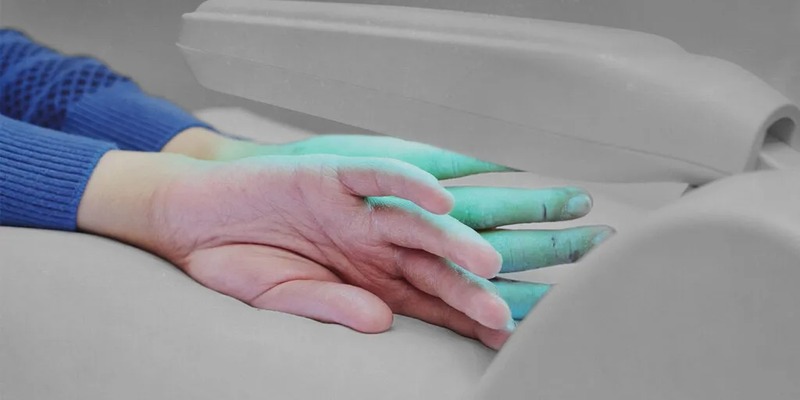
The walk-in light booth used in phototherapy looks like a tanning bed on its side and is often used twice or three times weekly as an outpatient treatment at a dermatologist's clinic. There are also home lightboxes you may utilize. For the most part, phototherapy falls into two categories:
Ultraviolet B
Sunlight, specifically ultraviolet B (UVB) light, is a powerful treatment for psoriasis. Patients begin therapy by being exposed to the light for a few seconds, and the duration of each treatment session is extended until it lasts several minutes.
Coal tar, anthralin, or even simple mineral oil are some of the topical therapies used in conjunction with UVB light therapy. Narrow-band (NB-UVB) UVB light has been demonstrated to be much more effective than regular UVB light. Hence it is now often employed by dermatologists.
Ultraviolet A
Ultraviolet A (UVA) light is also used to cure psoriasis, albeit it is not as effective as UVB. When applied at greater dosages, UVA is also helpful in eliminating lesions; however, therapy often takes longer than at lower levels. Psoralen, an oral medicine, is commonly used in conjunction with ultraviolet A light.
What Is The Most Effective?
The average number of phototherapy sessions a patient needs to see visible results in their skin is 20. Depending on the specifics of the treatment, anywhere from 65–75% of patients treated with UVB and 75–99% of those treated with NB-UVB will have considerable skin clearing.
Patients with persistent plaque psoriasis who had PUVA therapy had a much greater clearance rate (84%) than those who got NB-UVB therapy (65%), according to research published in the Archives of Dermatology in 2006.
Why Is Phototherapy Not Utilized More If It's So Effective?
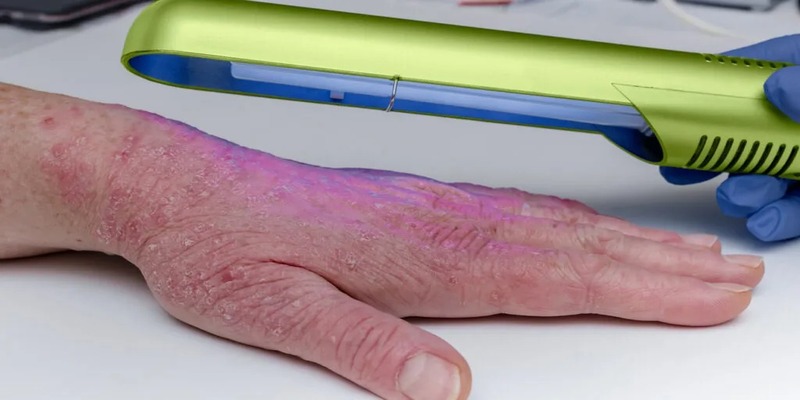
Despite its status as a first-line treatment for psoriasis, phototherapy is frequently unfeasible, as reported by both patients and doctors.
Since patients typically need to make many weekday appointments at their doctor's office, accessibility is an issue. However, it can be pricey since most insurance plans impose a co-pay for each office visit in addition to the usual co-payment for prescribed medications.
Beds For Sunbathing
Commercial tanning beds are not recommended for the treatment of psoriasis by the National Psoriasis Foundation, the American Academy of Dermatology, the United States Department of Health and Human Services, or the World Health Organization.
Sunlight!
Natural sunshine is a promising therapy for psoriasis, a fact that has been known for thousands of years, albeit the results may take several weeks to emerge.
The National Psoriasis Foundation advises against sunbathing without first seeing a doctor due to the risk of sunburn and overexposure.
Your doctor will probably recommend a series of brief sunbathing sessions. When applying sunscreen, some medical professionals suggest waiting until you've been in the sun for at least 15 minutes before doing so.
Can Anyone Benefit from Light Therapy?
If topical creams and lotions aren't doing the trick for your psoriasis, your doctor or skin expert (a dermatologist) may suggest light therapy. Light treatment has shown some promise for people with mild to severe psoriasis.
Psoriasis is classified as mild, moderate, or severe, depending on whether the disorder affects less than 10% of the body or more than 10%.
You shouldn't undergo phototherapy if you use any prescription or over-the-counter drugs or supplements that increase your skin's sensitivity to sunlight.
Examples of such photosensitizing drugs are:
- antihistamines
- contraceptives
- diuretics
- Sulfa medicines
Side Effects of Light Therapy
When designing a course of phototherapy, a doctor will consider a patient's susceptibility to UV radiation. Despite this precaution, some might still encounter adverse effects. Light treatment may have the following unwanted effects:
- a light sunburn is seldom severe and may be treated by reducing or increasing exposure to UV light.
- stinging or itchy sensations
- a greater propensity for cold sores in those who are already susceptible
- skin aging symptoms, including wrinkles, sagging, and dark areas
